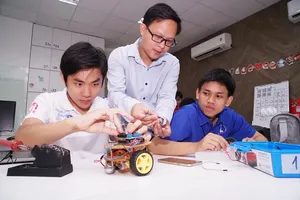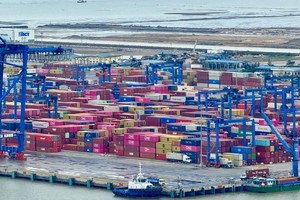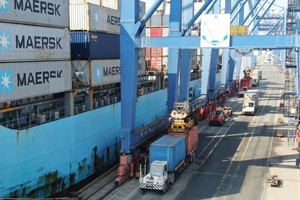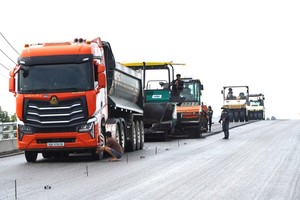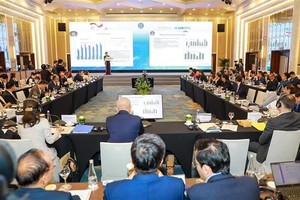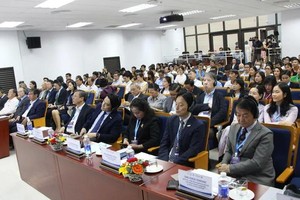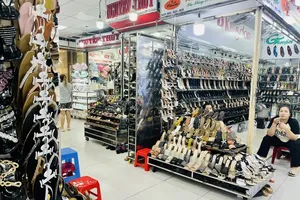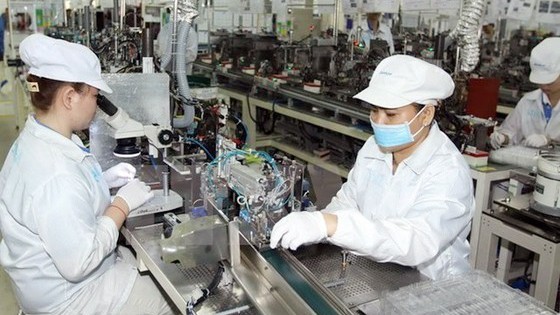 |
| Illustrative photo |
Statistics from the Planning and Investment Ministry reveal that there are now over 38,000 valid Foreign Direct Investment (FDI) projects in Vietnam, with the registered capital of more than US$453 billion. Vietnam has been successful in welcoming investments from hi-tech giants such as Intel or Samsung in the field of technology manufacturing, boosting the growth of the domestic market.
This is one key factor to promote Vietnamese companies to improve their own performance, upgrade their production technologies, and apply new business models from FDI enterprises to better suit the globalization process. Domestic companies have been more confident taking part in the manufacturing chain of FDI ones. For instance, the number of Vietnamese level-1 and level-2 suppliers in Samsung’s global supply chain increases by 10 times from 25 enterprises in 2014 to 257 in 2022.
Data from the Science and Technology Ministry also show that from July 1, 2018 to 2022, about 400 technology transfer contracts were signed between FDI and domestic companies, mostly in the industries of electronics manufacturing, telecoms, automobiles, motorbikes, pharmaceuticals, and medical equipment.
However, it seems that the proportion of investment from national businesses in research and development is rather limited, while the technology transfer process between national and international companies is not as expected, and the link between these two is still loose.
In order to better take advantage of Industry 4.0 with huge opportunities to switch to the economy model based on innovation and science-technology advancement, Vietnam must consider technology transfer as one core mission. Vietnam should quickly review and apply preferential policies to attract more FDI.
Along with that is a suitable strategy for each stage of the national industry development, including regulations for the growth of hi-tech industries via a more open and convenient investment environment that is similar to international ones. Meanwhile, specialized laws for technology transfer must be completed.
In addition, relevant policies and mechanisms (tax and land resource preferential mechanism, human resources criteria) should be adjusted to urge businesses to form their own research and development centers, to increase their manufacturing capacity, and to improve their ability to learn new advanced technologies. There should also be a close link between universities – businesses for the development of high-quality human resources.
It is hoped that with those actions, domestic companies are able to master the transferred technologies, which will in turn reinforce their stance in the international market, and let them become suppliers of foreign hi-tech enterprises or develop their own brand names for make-in-Vietnam products.



